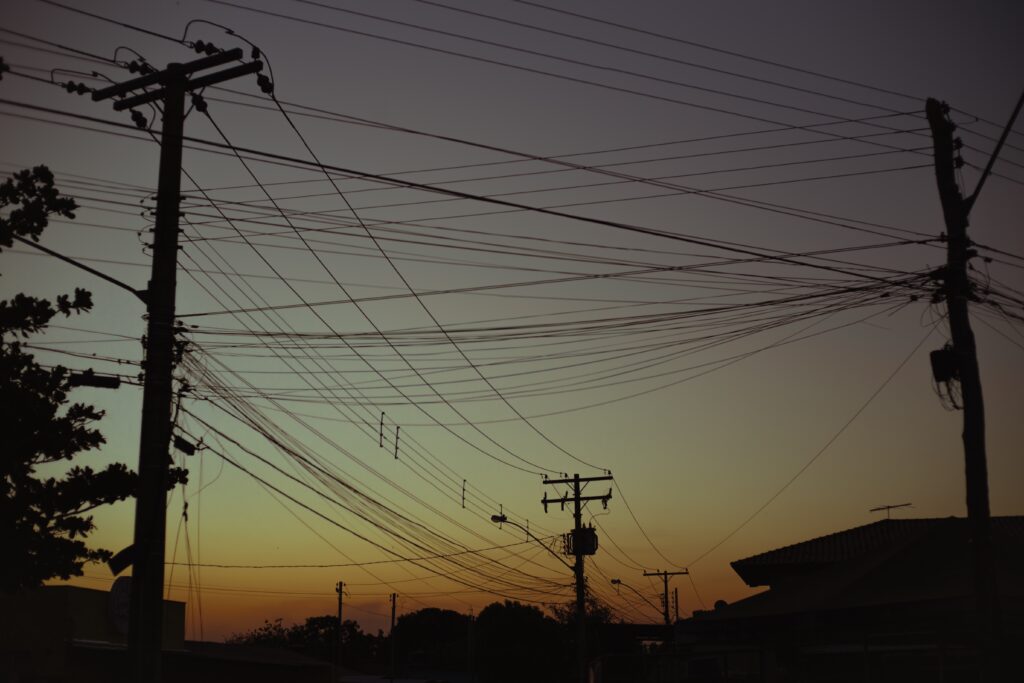With the World Cup around the corner, imagine you are excited to go watch the game in a stadium in Qatar. Now as you walk in to take your seat, you realize there are no video screens, no lighting systems, speakers, interior appliances, retractable roof mechanisms, air conditioning and heating systems, and maintenance and communication equipment. The excitement can drop drastically and you might even decide to leave because it cannot be as exciting as you expected. As a matter of fact, you might even get bored and tired before the game even began.
All these electrical components in a stadium require excessive energy to be able to power the stadium. Crazy wattages are used in the lighting systems and this leads to so much power consumption which attracts high costs of energy. This leads to the question you might be asking yourself, how much energy a football stadium uses and how much it costs.
Utility pole parts are mainly used in the four poles light distribution system in the stadium. They include components such as steel cross arms, guy clamps, secondary racks, anchor rods among many others. They are used to secure the connection of the conductors and insulators on the light poles in order to provide efficient light in the stadium.
Table of Contents
Energy Used in a Football Stadium
The energy used depends on the design and size of a stadium. Some stadiums have adapted the use of renewable energy sources such as massive solar panels installed on the rooftops to secure a considerable amount of energy to help reduce the cost of electricity. The design could consume much energy if a stadium has installed a retractable rooftop and installed big screens. Stadiums with open rooftops and smaller screens end up using less energy. The size depends on the amount of light poles and bulbs required to light up a significant field during a game.
The stadiums with all the electrical equipment like the retractable rooftop and air conditioning use approximately 750 megawatts continually during a match. This translates to about 30 pounds per megawatt per hour. This is very costly considering a stadium being used for a game such as the FIFA World Cup. Utility pole parts are used in the different light distribution methods in a stadium such as in the four-pole and the mixed distribution to ensure there is efficient transmittance of light in the whole field to provide better viewing.

Reducing Energy Usage in Football Stadiums
The dependency on the provision of the electricity has proven to be expensive over time and hence there have been new ways of reducing the energy consumption such as the adaptation of smart energy, microgrids or the renewable energy resources. The use of utility pole parts on the light distribution systems ensure that there is less maintenance which increases the lifespan. The most preferred is the use of renewable energy resources such as solar and wind turbines. These are further discussed below.
- Solar panels – installing solar panels on the roof of the stadiums can help to reduce cost of electricity used during a game. The solar panels trap light during the day and use a mechanism of light conversion through the photovoltaic cells in the panel. Many of the state of the art stadiums have installed over 10,000 solar panels on their stadiums which helps them to save on electricity. Sometimes they produce so much energy that the excess is loaded onto the main grid and they actually end up making a profit.
- Wind turbines – the use of wind turbines has proven to be beneficial as wind is readily available. The turbines generate electricity by converting the kinetic energy of the wind into mechanical energy and it is then harvested and stored in batteries or transformers. Stadiums have reduced electricity bills and saved some money by the use of wind turbines as their energy systems.
Conclusion
The future off energy in football stadiums is dependent upon the use of these sources of renewable energy, especially the solar panels. The trend will be adapted in commercial and industrial divisions which will make it the standard in sports venues. The use of utility pole parts in light poles in the stadium will also increase with the use of renewable sources of energy.
